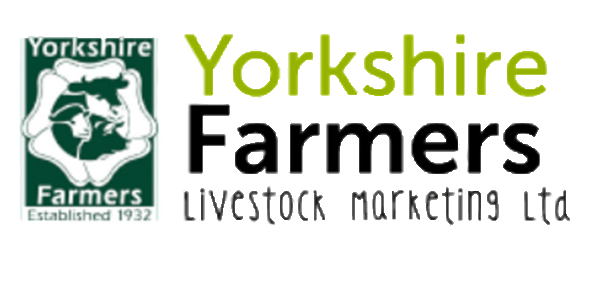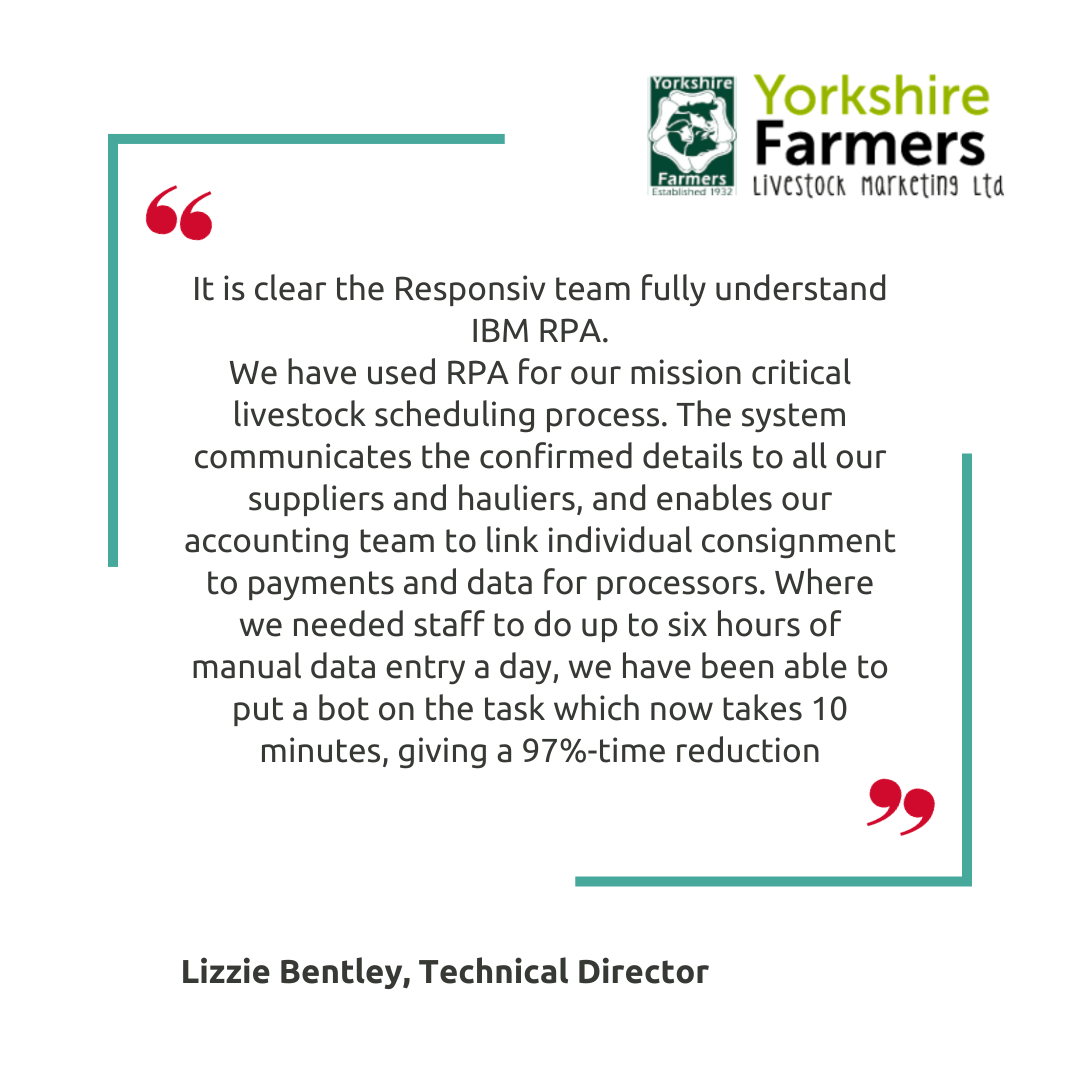nurturing and harvesting innovation
Responsiv work with the agriculture and farming industry to unlock insight into supply chains and processes.
Driving innovative outcomes to progress industry optimisation.

Responsiv Solutions
Efficient ESG Reporting
Is your ESG reporting manual and time consuming?
Agriculture is responsible for around 10% of the UK’s greenhouse gas emissions. Sustainable regulations including stricter fertiliser, pesticide, and emissions regulations in the EU European Green Deal aim to reduce fertiliser use by at least 20%, reduce use of chemical pesticides by 50%, and reduce agricultural greenhouse gas emissions by 25% by 2030.
Streamline your ESG reporting processes by integrating key systems throughout your organisation and supply chain with your ESG platform.
Use IBM Envizi for simplified automated reporting structures, accelerated frequency of reports and tracking efforts, and shift to a live database approach. Improve the efficiency of your reporting efforts and identify anomolies in your data for accurate records to boost compliance.
Utilise Responsiv for licence provision and access to integration skills to get you moving on your ESG journey.
Traceability and Visibility
Are you staying on top of demand and due diligence?
Connect data throughout your supply chain to assure oversight and due diligence.
Maintain processes and data to prove regulatory compliance, monitor progress and delays, and improve supplier and partner collaboration.
Contact Responsiv to find out how you can optimise your supply chain traceability and visibility using integration and automation.
Compliant and Secure Data
Are you aware of the threats to your data?
Protecting data isn’t a new idea. However, how you protect your data and ensure regulatory compliance (GDPR, SOX, PCI DSS) can be optimised.
Streamline audit reporting, manage and maintain data access privileges, and improve oversight of data sensitivity, usage, and movement.
Understand your data environments with a data health check, review your data policies, automate data discovery and classification, and control your software licences, implementation, and support with Responsiv.
Name a process, any process.
Are your processes bottlenecking productivity?
Responsiv specialise in business process automation.
Name a business critical process and Responsiv will support and augment process discovery, mapping, documentation, and automation, engaging key stakeholders and in-house teams along the way to improve successful delivery and acceptance.
Automate on the cloud using Responsiv Cloud Automation Platform and Robot Service, or on-prem with Responsiv Unity Process Node.
our Customers

Integration and Automation use cases
Supply Chain Management
Securely integrate your supply chain to create traceability and transparency.
Utilise insight to improve data-driven decisions and prove compliance.
Farm Management
Integrate systems and processes to streamline day-to-day tasks.
Ensure oversight and completion of important activities.
ESG Reporting
Integrate data sources to monitor transactions, markets, and ESG data.
Connect sources into dedicated dashboards for improved insight and report generation.
Risk Reporting
Integrate risk management systems to generate standardised reports.
Automate report creation and distribution to relevant stakeholders.
Audit Trails
Ensure all changes to processes, policies, procedures, and controls are consistent.
Integrate with compliance systems to access audit information to facilitate transparency.
boost efficiency with responsiv
*By pressing submit you agree to receiving communication from Responsiv. You may unsubscribe from communications at any time.




